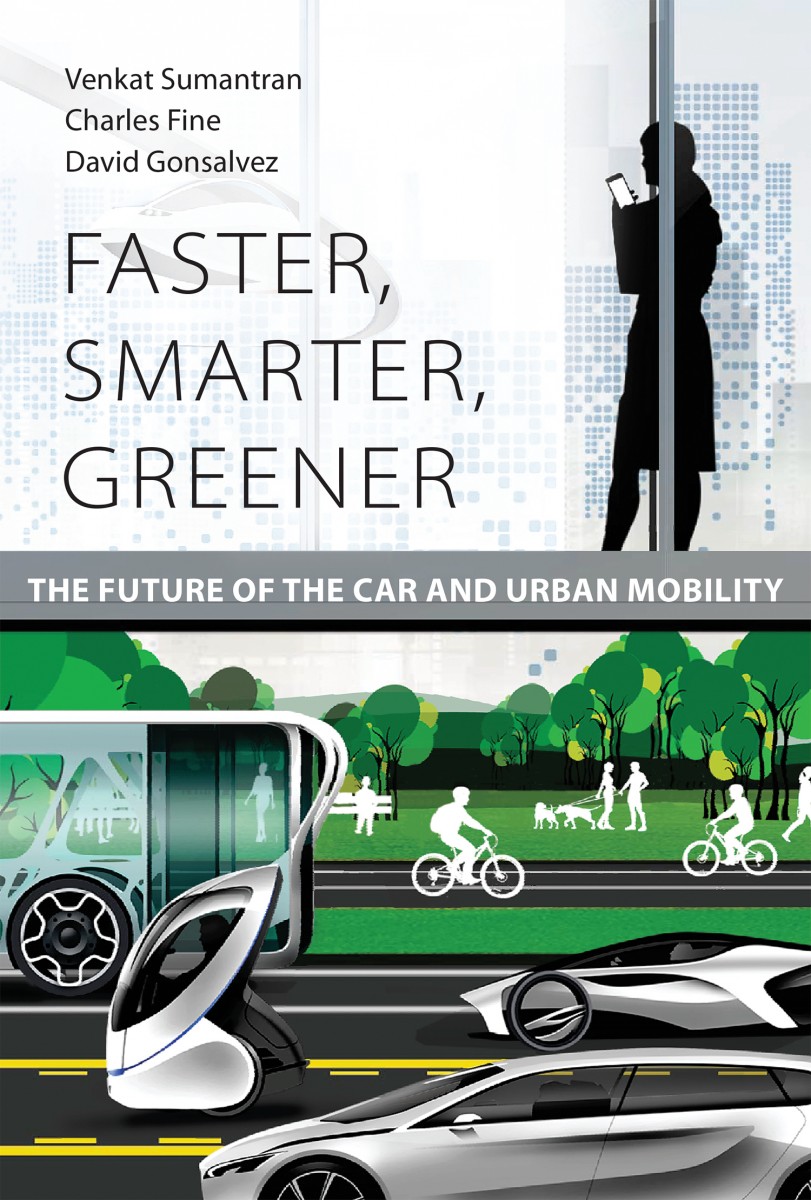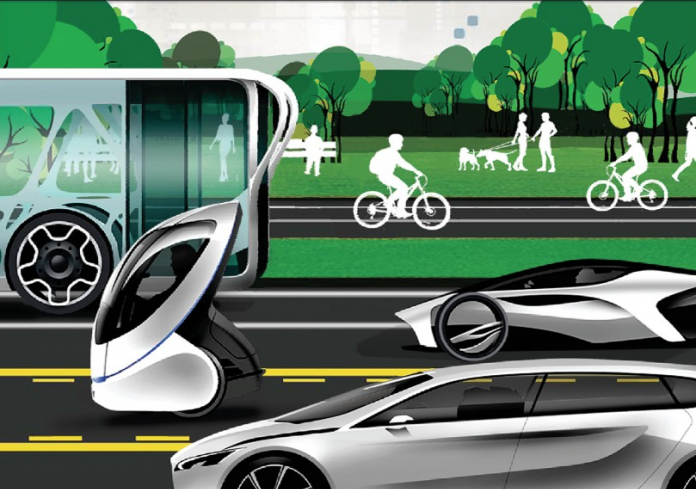(THIS ARTICLE IS MACHINE TRANSLATED by Google from Norwegian)
I am among those who have assumed that adjusting the course must mean that we limit ourselves, seek values other than the logic of eternal growth. To get there, a transformation of our society is needed. The green movement originated within such a horizon, and has long waited for the world to realize that modernity's demands for growth-based progress are not the path to a better future.
So far, one has waited in vain. Instead, within the horizon of the crisis, a powerful discourse referred to as "ecological modernization" has emerged. Here the basic idea is that most things will continue as before, only with greener solutions.
Optimistic tone. This dream that the green shift will make life even better, faster and richer can be found in many political parties, such as the Left and the Labor Party – but most of all it seems alive in the neoliberal Right.
Most right-wingers, therefore, probably like the book Faster, Smarter, Greener. The Future of the Car and Urban Mobility, written by Venkat Sumantran (with over 30 years of experience as a leader in the automotive industry), Charles Fine (researcher in technology management and business operations) and David Gonsalvez (expert in value chains, innovation and mobility).
[ihc-hide-content ihc_mb_type = ”show” ihc_mb_who = ”1,2,4,7,9,10,11,12,13 ″ ihc_mb_template =” 1 ″]The authors take the environmental crises seriously, but at the same time they write with an implicit assumption that this will go well. In doing so, they can tone down the problem focus and instead see climate change as a golden opportunity to develop and apply new technology and new organizational forms, and to improve living standards.
The authors see climate change as a golden opportunity to develop and apply new technology and to improve living standards.
Getting around. The book's main theme is mobility. The first sentence goes: "Mobility has served at the lifeblood of human civilization." We hear that the previous century was the car's century, rooted in a combination of utility, efficiency and variety. However, this world is on the decline, and a new mobility is on the stairs. Four chapters are devoted to exploring the wrestling we are facing. Modern, industrialized, urban society is still here, but at the same time new challenges, attitudes and ideas are emerging.
The changes are discussed in the language of evolution and progress. The new reality is described as a mix of wonderful variety, refined innovations, engaging activities and ecological awareness. From this, a new mobility architecture emerges, in which cities are formed for the benefit of people (not cars), within the horizon of modern communication technology.
The car displaced. The reality we face is described as a perfect storm, where the innovations flow from every possible angle. Through the second part of the book, the new, linked to stakeholders, products, markets and the development of relational systems are presented. Mobile apps, sharing economy and self-driving cars are included as part of the narrative the policy needs to be kept up to date, so that both incentives and regulations can play in tandem with the development of the future society.
The authors are clear that in the age of new mobility, the car will take up less space. Instead, we encounter a vibrant world where different solutions – walking, cycling, taking a taxi, bus or tram, possibly driving your own car or other motorized vehicle – are seamlessly connected – with heterogeneous solutions tailored to individual needs, rooted in intelligent advice generated by digital systems .
 Restriction. It's hard not to get carried away. Faster, Smarter, Greener flooded by the salutary words of green abundance. Although it is emphasized that the road there will be winding and marked by much trial and error, it seems almost certain that a dynamic, well-functioning, democratic and sustainable society will gradually emerge.
Restriction. It's hard not to get carried away. Faster, Smarter, Greener flooded by the salutary words of green abundance. Although it is emphasized that the road there will be winding and marked by much trial and error, it seems almost certain that a dynamic, well-functioning, democratic and sustainable society will gradually emerge.
As a reader, I have to force myself out of the book's comfort zone and ask if the narrative being rolled out is as unproblematic as it itself suggests. Two forms of criticism are emerging: One, mentioned initially, is the idea that we cannot continue along the growth path if we are to solve the problems we have created ourselves. On the contrary, we should limit ourselves and recognize that there are other ways of quality of life than squeezing ever more juice out of the lemon.
The other criticism is more sociologically based. The book has a distinct socio-technical approach, but the concept of it social appears thin. The complexity of themes such as culture, power and justice we encounter little of, for the book's society is not a problem area characterized by social inequality or social barriers. There is little focus on having to operate in a dynamic, unlimited world of entrepreneurs, competition and innovations can have human and social costs.
Easy. In other words, what we are presented with is the green shift in neoliberal costume. Growth-based progress is not under discussion, and problems are quickly being transformed into new opportunities. Is this good or not? Some people probably think that the dynamic mobility architecture will provide a great framework for the green life of the future. Others will say that this is a liberal estimate of reality. Still others will point out that what is described is only possible as long as civilization exists, and that the authors may take a little too lightly on the challenge of environmental crises.
[/ ihc-hide-content]

